My CCIE RNS v5 Lab Kit
it was started the good journey – but not got chance to attempt lab due to various reason – like busy with a project, streamline personal life…moving towards other track like SP / DC / Security refresh to meet client requirement and also focussing on AWS as that was my main role.
But the good journey with hardware RACK – very noisy but learned many technologies along with RNS / F5 / Bluecoat kit racked along with Cisco ASA 5505 Cluster..
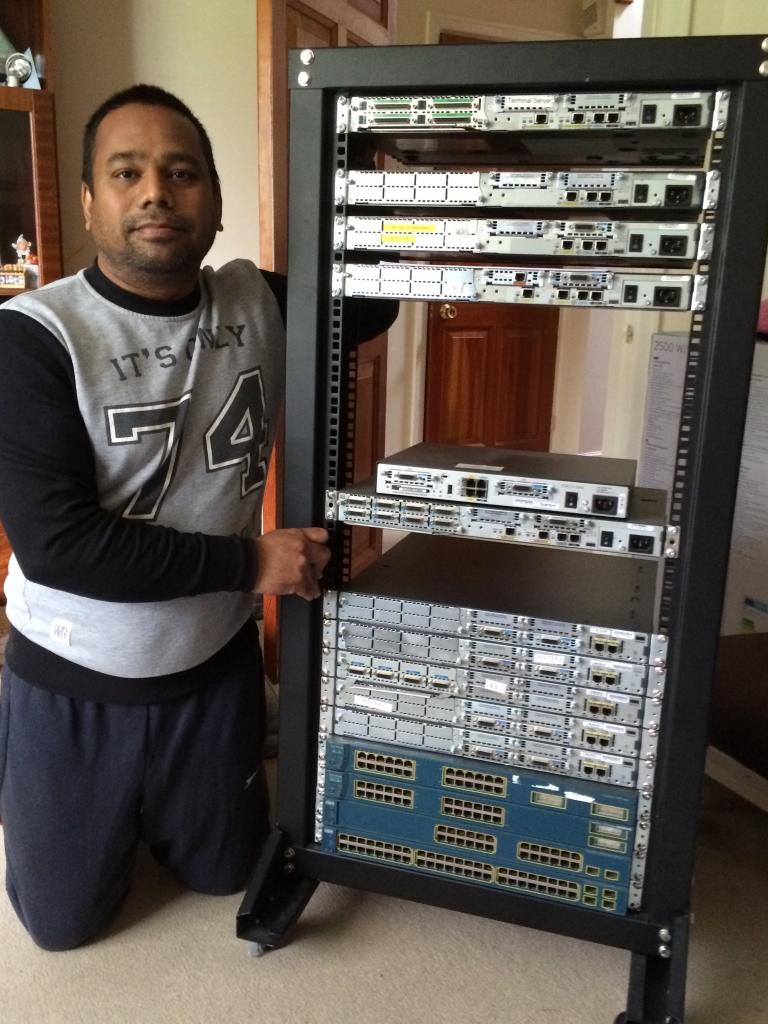
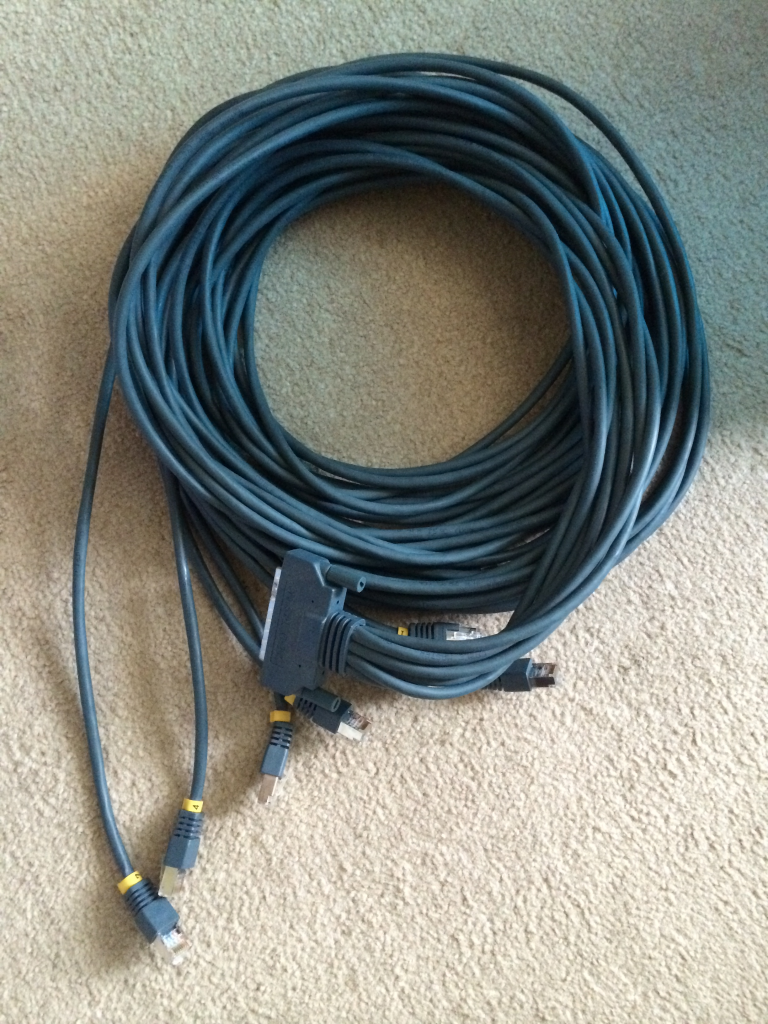
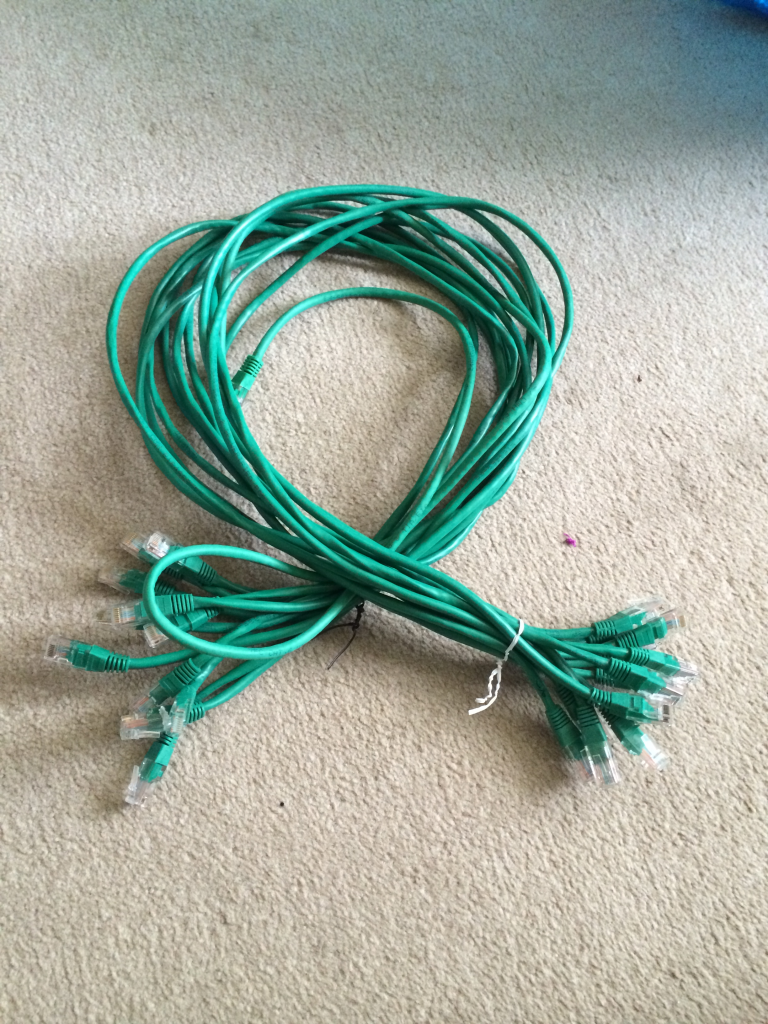
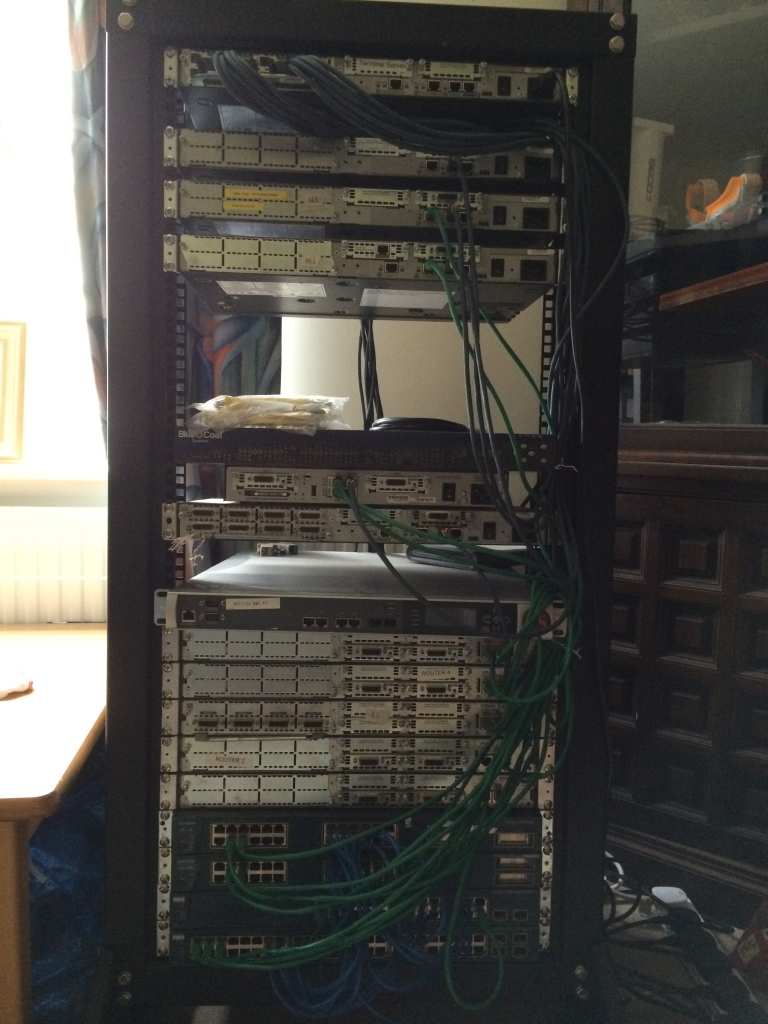

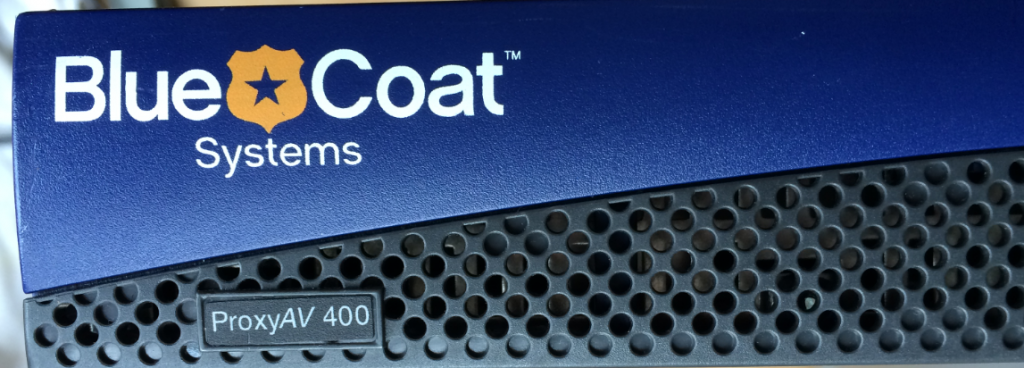

Happy Labbing …!!!